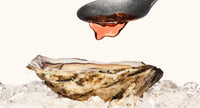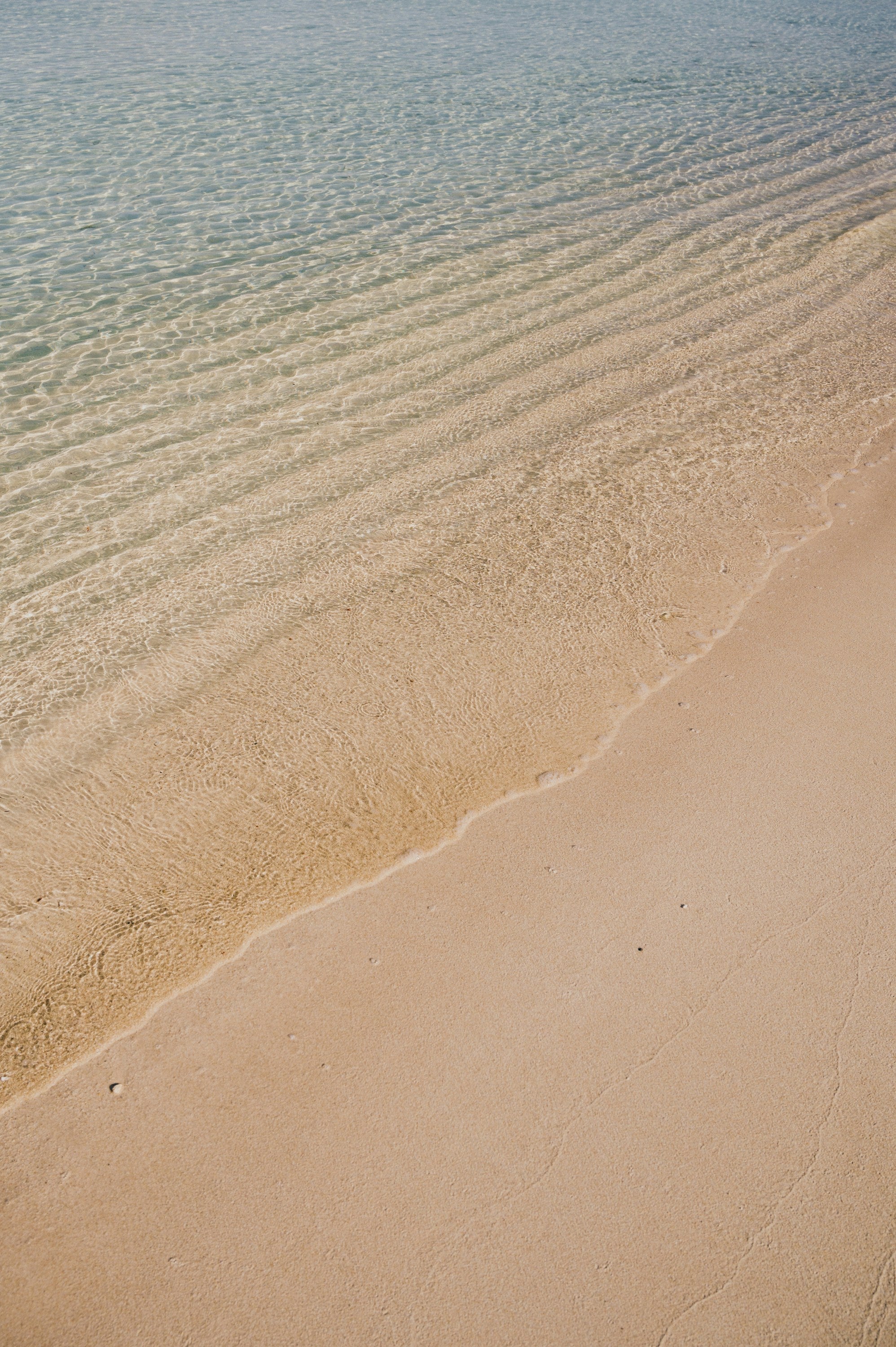Help & FAQ
Contact.
Please reach out to the Chat below or email the team. Or phone us at 617.535.1942.
Oysters, Cool.
You've received your delectable tidal treats and now you're wondering how to store them. Oysters like to be kept cool. Store them in the fridge! They also like a nice bed of ice, but do not let them sit in water—it's not good for them.
If storing in a cooler make sure the cooler can drain. Most of the time, oysters remain fresh in your fridge for 7-10 days.
Shipping and Delivery.
Our delivery days are Tuesdays and Fridays. Overnight shipping is free in New England and up to $39 across the country. Holiday delivery is more frequent.
To ensure Next Day Tuesday delivery, please order before 12 PM EST on Monday. To ensure Next Day Friday delivery, please order before 12 PM EST on Thursday.
Refunds and Credits.
Our highest priority is your delectable experience. If you're concerned about your package when it arrives, please call us directly at 617.535.1942 or reach out to the Chat. If your order has been packed incorrectly, gets lost, destroyed, damaged, or delivered late, we may either refund your money, reship the product, or give you a discount on your next order—depending on your preferences, the responsible party, and whether it was a complete or partial loss.
We reserve the right to investigate potentially fraudulent claims. Please do not discard any packaging until you’re completely satisfied with the product. Real Oyster Cult may deem it necessary for the purchaser to provide pictures of the product in question to resolve the issue.
Concerns regarding lost/stolen/damaged/late packages must be reported within 48 hours of receiving the product. This allows us to remedy the issue promptly and accurately. Complaints received outside this window may not qualify for a refund or store credit.
All perishable product sales are final. No returns/exchanges will be accepted.
How do I shuck an oyster?
It's a shuck 'n rite of passage. You're in the cult now.
Where do you ship from?
Our Shop, located in the Seaport District of Boston.
Temperature Time Strip.
Inside your ROC box, we've included a small blue cold chain temperature time strip —a blue color will appear in the small white window if your box has been exposed to temperatures over 50 degrees. If the window is all white when you open your box, it should be perfectly cool. If unclear, please take a picture and email it to us so we can help you: email the team. If your ice pack is still cold, then your oysters should be cool, too.
Foodborne Allergies.
Of course, it goes without saying, but we have to say it: be careful of food-borne allergies, which can affect all raw fish, poultry, and seafood.
The "R" Month Rule.
There used to be cautionary tales about eating oysters in the warmer months, but summer is one of the best times to enjoy these delicate treats— salt, sun, and summer barbecues all call out for oyster indulgence.
Of course, when refrigeration and scientific testing were not as prevalent, the "R" rule cautioned us against eating oysters in warmer months without an "R," May, June, July and August. It's true that warmer water temperatures can foster algae blooms, red tides, and higher counts of vibrio (a naturally occurring bacteria in the ocean), which explains the avoidance rule. However, the commercial shellfishing industry has strict regulations around closing warmer water areas to take precautions against potential food-borne risks.
Oysters found in colder year-round waters, such as Maine, Duxbury Bay, and Canada, are less likely to foster bacteria or spawn, which can contribute to a thinner oyster in the summer.
Oysters are like wine.
Oysters take on the flavors of the water, sand and mud in which they're grown. This is their "merroir" just like wine has "terroir."


